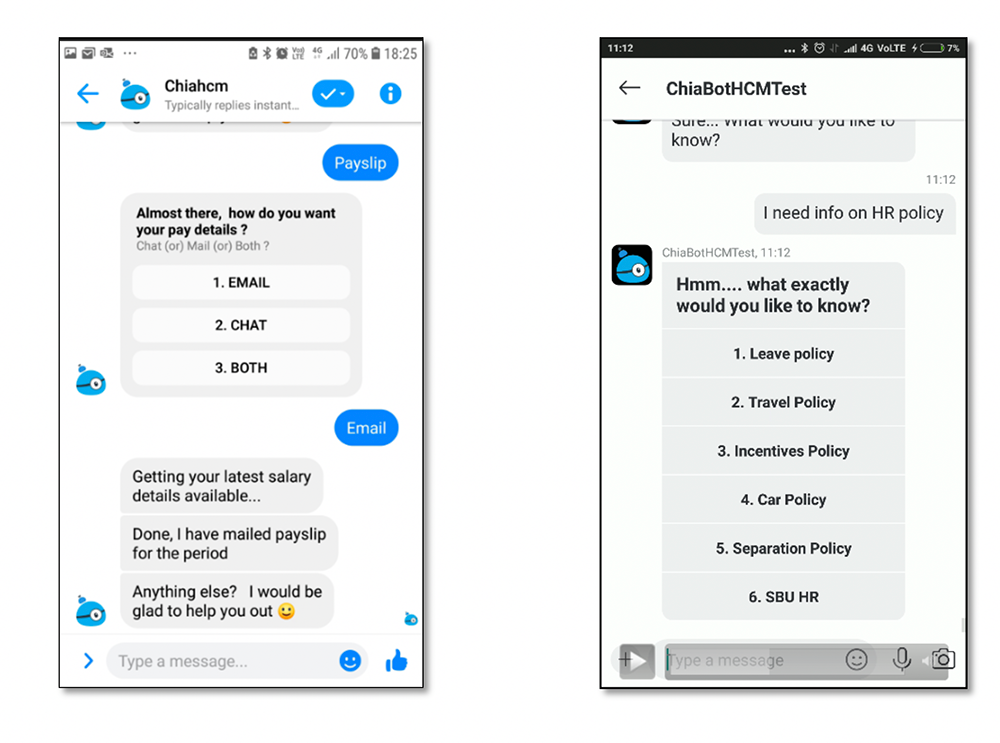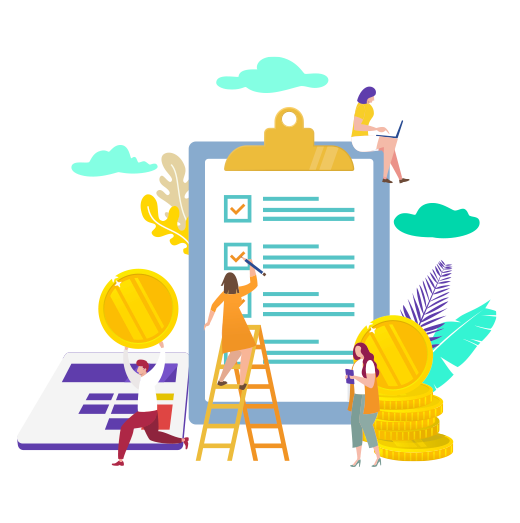
- Home
- Artificial Intelligence Global Payroll
- ESS Is the Key | Payroll Best Practices - A System Implementer’s Viewpoint
ESS Is the Key | Payroll Best Practices - A System Implementer’s Viewpoint
Published :

Is it payroll that’s complex or just your payroll software?
While most companies use employee self -service (ESS) to deliver payslips to the employees, there are many other payroll related functions which can be accomplished using ESS. It can ensure that transactions are completed quickly. The biggest advantage of a user friendly ESS is that it encourages the employees to update changes and reduces the number of retro adjustments, which means that the payroll team does not have to look into reconciliations involving backdated transactions. It also helps to reduce manual interventions and helpdesk workload. Some of the payroll functions that can easily be implemented using an ESS are:
In addition to these payroll specific transactions,Time & Attendance and Expense Management self-service functions further improve the payroll accuracy and productivity and reduce the processing time (more on this in the upcoming blog).
User experience is the most important factor in determining the adoption levels of self service. While implementing self-service, the following are the top 5 factors that have played an important role in increasing the user adoption of Ramco:
|
Top 5 factors for HR/ Payroll Software adoption
|
Artificial Intelligence (AI) based Chatbots allow organizations to provide a Zero UI experience to employees and there is no need of user training as the entire transaction is driven by simple Q & A. Chatbots are also being used now to answer FAQs ranging from queries like checking your net pay to complex transactions like getting breakdown of your overtime calculation. Chatbots are also useful in making the employees familiar with the company policy on leave, overtime, incentives etc. Voice based self -service experience can also be enabled on Google Assistant and Amazon Alexa, where voice commands can be used to send the document to one’s inbox or to approve service requests.
Since employees are already using Chatbots today on banking, travel and retail sites, Chatbots for HR are a refreshing change for the employees. When Ramco Systems launched its Chatbot – Ramco CHIA within the company, to drive user adoption, it disabled all web-based self-service access. Another step to increase adoption was offering the conversations through multiple chat agents such as Facebook Messenger, Skype, Microsoft Teams, and Slack. As a result, Ramco CHIA Chatbots have crossed more than 200,000 conversations per month.

With increased usage of self-service, many organizations are now working on improving the user experience further through AI & ML (Artificial Intelligence & Machine Learning) by reducing data entry and predicting user requests based on prior usage behavior, time of the day, exceptions, integration with messaging apps etc. Do not be surprised if one day you receive a notification, “It seems you have opened a new bank account. Would you like to update this information for your salary remittance?”
Payroll Efficiency with Global Payroll Services and Managed Payroll Solutions
As businesses grow and expand across borders, managing payroll becomes increasingly complex. This is where Global Payroll services and managed payroll solutions become invaluable. By leveraging a robust global payroll system, companies can ensure consistent, accurate, and timely payroll processing across all regions, regardless of local tax regulations or compliance requirements. With managed payroll solutions, organizations can offload the complexities of managing payroll in-house, allowing them to focus on their core business operations while experts handle payroll administration.
Payroll services are essential in streamlining payroll processing, reducing administrative costs, and improving data accuracy. A unified payroll solution offers a centralized platform to manage payroll functions across multiple countries, currencies, and tax laws. With the growing need for digital transformation, organizations are increasingly opting for Global Payroll solutions that integrate seamlessly with their existing HR and finance systems, providing a comprehensive, real-time overview of payroll data. These solutions help businesses stay compliant, reduce errors, and ensure that employees are paid accurately and on time, regardless of their location.
Through managed payroll, organizations can benefit from scalable, customizable services tailored to meet the specific needs of their workforce. Whether it's handling tax filings, processing multi-country payroll, or ensuring local compliance, managed payroll providers offer expertise and support that help businesses navigate complex payroll challenges globally. By partnering with experienced payroll services providers, companies can enhance operational efficiency, minimize risks, and ensure employee satisfaction across diverse markets.
Enterprise asset management (EAM) involves the management of mission critical assets of an organization throughout each asset's lifecycle. EAM is used to plan, optimize, execute, and track the needed maintenance activities with the associated priorities, skills, materials, tools, and information. The aim is to optimize the quality and utilization of assets throughout their lifecycle, increase productive uptime and reduce operational costs.
Enterprise asset management (EAM) involves the management of the maintenance of physical assets of an organization throughout each asset's lifecycle. EAM is used to plan, optimize, execute, and track the needed maintenance activities with the associated priorities, skills, materials, tools, and information.
The software helps in effective maintenance of assets through preventive, predictive, shutdown and breakdown maintenance strategies. The system also helps enterprises mitigate equipment risks by enhanced safety standards. The streamlined operations and improved asset performance helps organizations increase their investment effectiveness.
EAM is important because it helps organizations track, assess, manage and optimize asset quality and reliability. Asset intensive Organizations have hundreds, thousands, even millions of assets which needs to be maintained to maximize / optimize life of these assets to increase the return on investment.
The key features of effective EAM are:
Asset Intensive companies under the following Industries :
Contact us for a meeting and schedule a demo
This differs on case to case basis, based on the type of installation and unique industry specific requirements. Contact us for a meeting and schedule a demo.
This differs on case to case basis, based on the type of installation and unique industry specific requirements. Contact us for a meeting and schedule a demo.
Stay Connected, follow us on LinkedIn / Twitter to know more about EAM Software latest trends.

All Rights Reserved. © Copyright 2024. Ramco Systems.